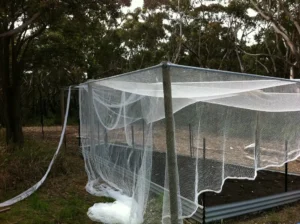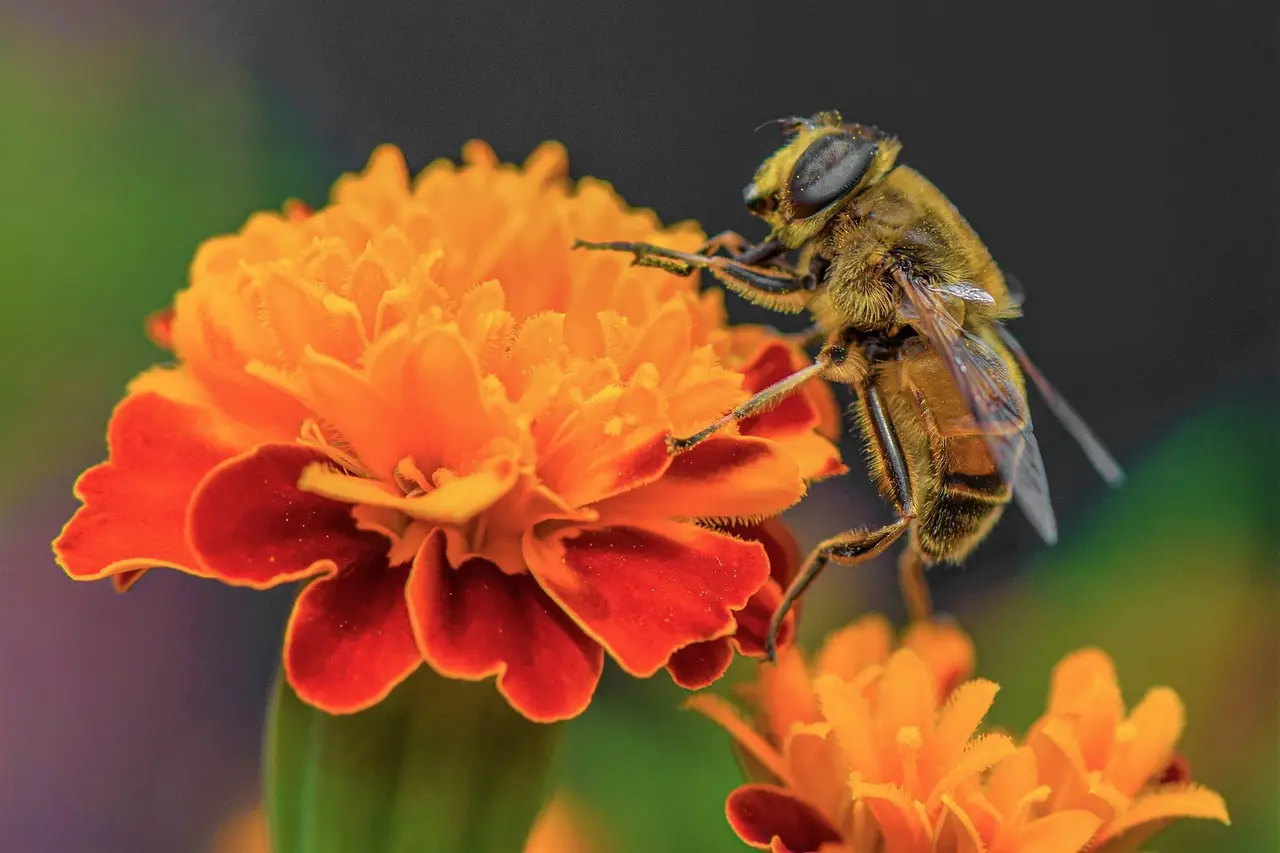In this blog post, we’ll explore eco-friendly, organically, inorganically and effective ways to manage and identification and Control of Insects and Pests in Garden and keep our plants healthy and thriving.
Table of Contents: Control of Insects and Pests in Garden
How to Control of Insects and Pests in Garden
1. Identification of Garden insects pests
Before you start taking action, it’s important to identification of garden insects and pests which are causing the damage our garden plants, flowers, vegetables and, garden. Common garden insects and pests are aphids, caterpillars, slugs, snails, bugs, mosquitoes and beetles.
Some garden insects and pests damages flowers. Some insects damages fruits and some damages roots. Proper identification of these insects is very important for control of insects and pests in garden with easy and effective ways.
By identifying the pest, you can tailor your approach and use the right chemical, mechanical and physical control method. you should keep an eye out for signs like chewed leaves, discolored spots, or sticky residue on plants.
2. Encourage Beneficial Insects
One of the best natural ways to control of Insects and Pests in Garden is by encouraging beneficial insects. Predatory insects, such as ladybugs, lacewings, and predatory beetles, can help keep pest populations in check by feeding on harmful insects. To attract these helpful insects, you can plant flowers such as marigolds, sunflowers, and dill, which will serve as a food source for them.
3. Control of insects in garden by Neem Oil and Other Organic Sprays
Neem oil is a natural pesticide that works well for Control of Insects and Pests in Garden . It disrupts the feeding and breeding patterns of insects, preventing them from spreading. It is non-toxic to humans, pets, and beneficial insects when used properly. You can mix a solution of neem oil with water and spray it on your plants, targeting the affected areas. Always test the solution on a small part of the plant first to ensure it doesn’t cause any damage.
Other natural sprays you can consider include insecticidal soap (a mild soap solution that targets soft-bodied insects), garlic oil spray, and even hot pepper spray. These organic solutions are less harmful to the environment than chemical pesticides.
4. Control of insects in garden by Companion Planting
Companion planting is an age-old gardening technique where you grow certain plants together to naturally for Control of Insects and Pests in Garden. For example, planting basil near tomatoes can help ward off aphids, while marigolds can deter nematodes and insects like mosquitoes and whiteflies. The strong smells and natural chemicals released by some plants act as a deterrent to pests. Research companion planting combinations to find what works best for your garden.
5. Control of insects and pests in garden by Physical Barriers
Physical barriers can be a simple yet effective way Control of Insects and Pests in Garden. Row covers made from lightweight fabric can shield plants from insects while still allowing sunlight, water, and air to reach the plants. You can also use garden mesh or netting to protect crops like berries from birds and rodents.
<<<Physical Barriers for Insects Pests>>>
For larger pests like rabbits or deer, fencing can be a helpful solution. A well-built fence can keep these animals from munching on your garden. However, make sure the fence is tall enough to prevent deer from jumping over.

6. Handpicking and Traps
Sometimes the simplest solutions are the most effective. If you spot pests like caterpillars, beetles, or slugs, you can physically remove them from your plants by handpicking. This method is particularly effective when dealing with large, visible pests. After removal, place the insects in a bucket of soapy water to dispose of them.
You can also set traps for pests. For example, beer traps are effective for catching slugs and snails. Place a shallow container of beer near your plants, and the pests will be attracted to it and fall in. For beetles, sticky traps can help catch them as they fly around.
7. Attracting Birds to the Garden
Birds are a natural pest control force, as they feed on insects, snails, and small rodents. You can attract birds to your garden by providing birdhouses, birdbaths, and bird feeders. Planting native shrubs and trees that offer shelter and food sources, such as berries and seeds, can also encourage birds to visit and stay.
8. Control of insects and pests in garden Proper Garden Maintenance
One of the best ways to prevent pests from taking over your garden is by maintaining good garden hygiene. Remove dead or diseased plants and fallen leaves, as they can harbor pests and pathogens. Keep your garden beds well-weeded, as weeds can attract pests by providing food and shelter.
Also, ensure your plants are spaced out properly to allow for good air circulation. Overcrowded plants can create a humid, stagnant environment that is ideal for pests like aphids and mildew. Regularly check for early signs of pests, so you can take action before an infestation occurs.
9. Beneficial Nematodes
Beneficial nematodes are microscopic organisms that can be used to control soil-dwelling pests, such as root weevils, grubs, and some types of beetles. These nematodes are harmless to plants, animals, and humans, but they attack pests in the soil, killing them before they can cause damage to your garden. You can apply nematodes to your garden beds in the early morning or evening when temperatures are cooler.
10. Use of Diatomaceous Earth
Diatomaceous earth is a natural, non-toxic substance made from the fossilized remains of tiny aquatic organisms. It works as a physical barrier by dehydrating and killing soft-bodied pests like slugs, snails, and ants. Sprinkle it around the base of your plants or in areas where pests are commonly found. Be sure to use food-grade diatomaceous earth to ensure it’s safe for pets and wildlife.
